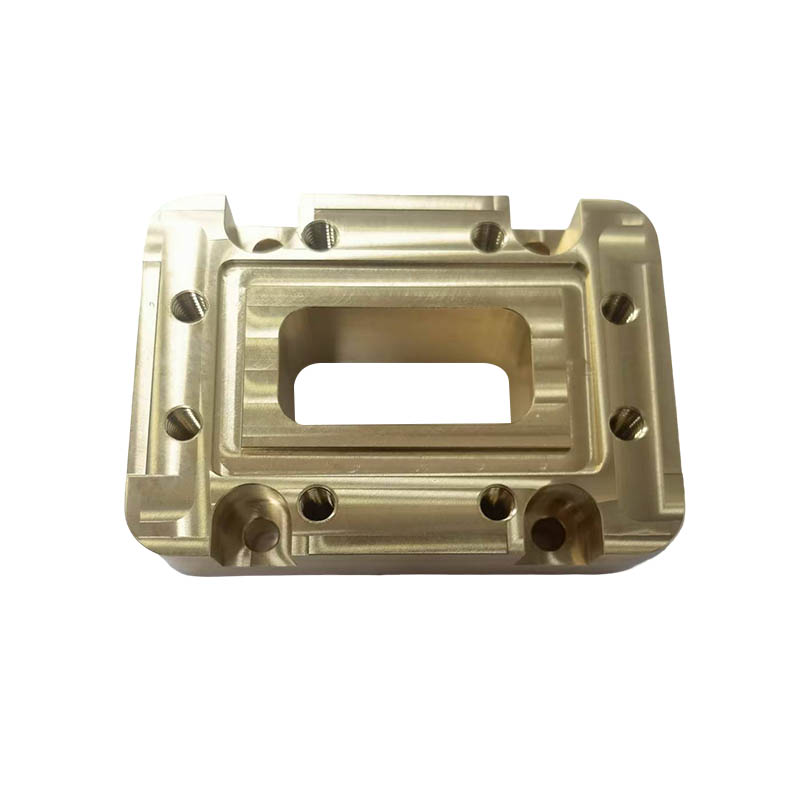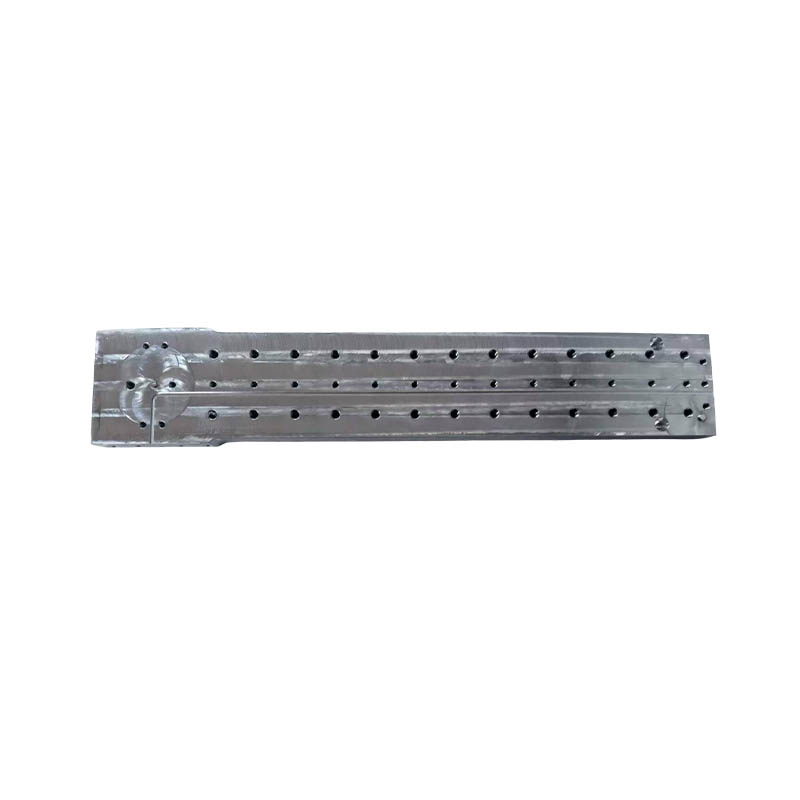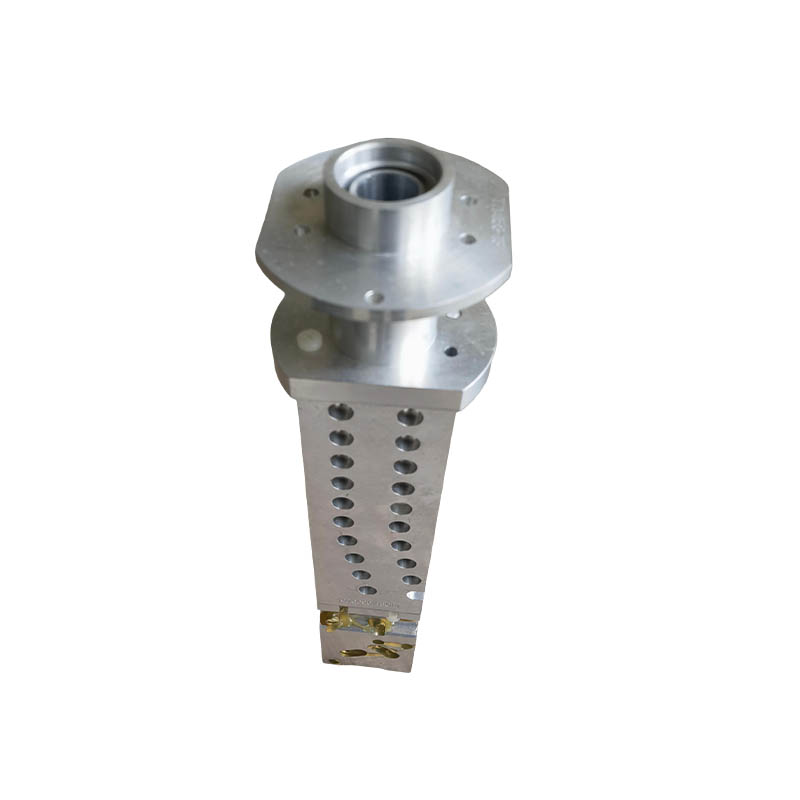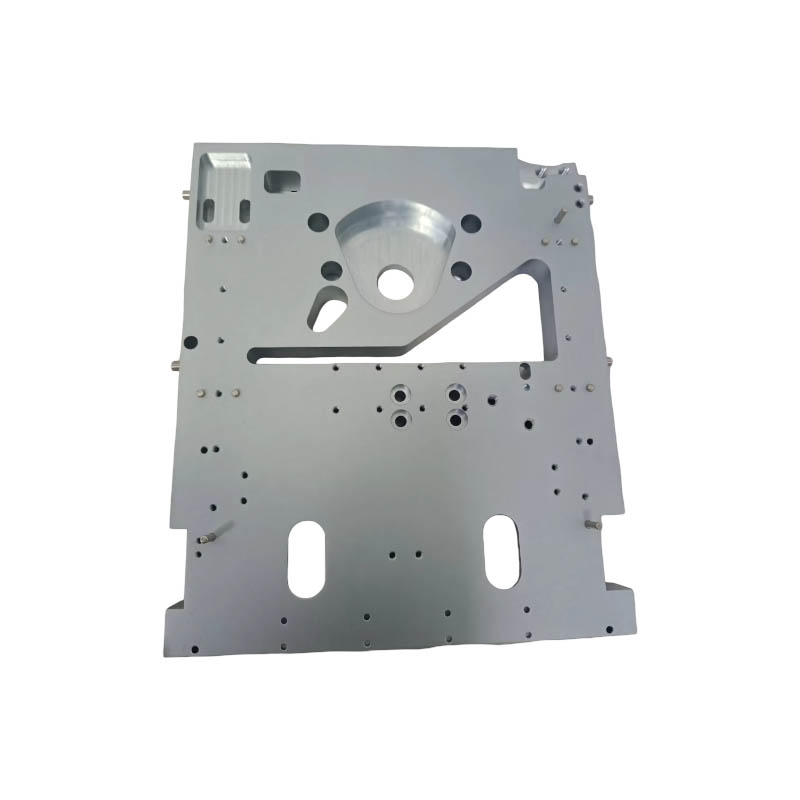Does the surface roughness of medical product parts meet high standards?
Release Time : 2025-10-08
In the design and manufacturing of medical products, part surface quality goes far beyond mere appearance; it directly impacts patient safety, device performance, and infection control. In high-risk applications such as surgical instruments, implants, diagnostic devices, and extracorporeal circulation systems, the microscopic topography of a part's surface—or surface roughness—becomes a key determinant of its clinical performance. A smooth, uniform, and defect-free surface not only improves the device's handling and longevity, but more importantly, significantly reduces the risk of bacterial attachment and biofilm formation, ensuring functional integrity and hygienic safety during repeated cleaning, disinfection, and sterilization.
Microbial attachment is not random; instead, it tends to colonize areas with tiny indentations, scratches, or pores on the surface. These microscopic irregularities provide ideal "safe havens" for bacteria, shielding them from flushing fluids and penetration by antiseptics. Once a biofilm forms, the bacteria are encased in a protective matrix, significantly increasing their resistance to antibiotics and high-temperature sterilization, making them highly susceptible to nosocomial infections and implant-related complications. Therefore, medical product parts must achieve extremely high surface finishes through precision machining to minimize microstructures that can harbor microorganisms and prevent contamination at the source.
CNC machining, precision grinding, and polishing technologies are key to achieving high surface roughness standards. Modern five-axis CNC machine tools enable stable cutting on complex curves and microstructures. Combined with ultra-fine tools and optimized cutting parameters, they effectively avoid chatter marks, burrs, and residual stress. Components with even higher requirements, such as artificial joints, heart valve stents, or endoscope components, require multiple passes of finishing and mirror polishing to achieve a near-flawless surface. This highly smooth surface not only reduces friction and improves the responsiveness of moving parts, but also fundamentally alters the microbial environment, making it difficult for microorganisms to attach and reproduce.
Surface treatment processes for medical products also play a crucial role in contamination resistance. Passivation removes free iron particles from the stainless steel surface, forming a dense protective chromium oxide layer that enhances corrosion resistance and reduces metal ion leaching. Sandblasting or electropolishing can further improve surface uniformity, eliminate machining marks, and enhance overall cleanliness. Certain high-end applications also utilize antimicrobial coatings or hydrophilic surface modification technologies, adding chemical defense mechanisms to the physical smoothness to further enhance antifouling capabilities.
For medical products, low-roughness surfaces offer significant advantages in cleaning and sterilization. Whether sterilizing with high-pressure steam, ethylene oxide gas sterilization, or low-temperature hydrogen peroxide plasma treatment, smooth surfaces ensure that the sterilization medium reaches every corner, leaving no blind spots. Furthermore, cleaning fluids more easily remove residual blood, tissue fragments, or other organic contaminants, preventing carbonization or deposition of residues that could compromise instrument performance. For reusable surgical instruments, this ease of cleanability not only improves sterilization efficiency but also extends the instrument's lifespan and reduces hospital operating costs.
Furthermore, the surface quality of medical products also impacts the long-term stability of the material. Rough surfaces are more prone to microcracks or stress concentrations, accelerating fatigue failure during repeated sterilization thermal cycles. Highly polished surfaces, on the other hand, evenly distribute stress, resist corrosion and wear, and ensure the long-term safety of implants in the body.
Ultimately, the surface roughness of medical product parts is a technical indicator that combines engineering precision with a commitment to patient health. It's not just a reflection of manufacturing excellence, but also a commitment to patient health. In a modern medical system that strives for zero infection, high reliability, and long life, every smooth surface silently safeguards the bottom line of safety.
Microbial attachment is not random; instead, it tends to colonize areas with tiny indentations, scratches, or pores on the surface. These microscopic irregularities provide ideal "safe havens" for bacteria, shielding them from flushing fluids and penetration by antiseptics. Once a biofilm forms, the bacteria are encased in a protective matrix, significantly increasing their resistance to antibiotics and high-temperature sterilization, making them highly susceptible to nosocomial infections and implant-related complications. Therefore, medical product parts must achieve extremely high surface finishes through precision machining to minimize microstructures that can harbor microorganisms and prevent contamination at the source.
CNC machining, precision grinding, and polishing technologies are key to achieving high surface roughness standards. Modern five-axis CNC machine tools enable stable cutting on complex curves and microstructures. Combined with ultra-fine tools and optimized cutting parameters, they effectively avoid chatter marks, burrs, and residual stress. Components with even higher requirements, such as artificial joints, heart valve stents, or endoscope components, require multiple passes of finishing and mirror polishing to achieve a near-flawless surface. This highly smooth surface not only reduces friction and improves the responsiveness of moving parts, but also fundamentally alters the microbial environment, making it difficult for microorganisms to attach and reproduce.
Surface treatment processes for medical products also play a crucial role in contamination resistance. Passivation removes free iron particles from the stainless steel surface, forming a dense protective chromium oxide layer that enhances corrosion resistance and reduces metal ion leaching. Sandblasting or electropolishing can further improve surface uniformity, eliminate machining marks, and enhance overall cleanliness. Certain high-end applications also utilize antimicrobial coatings or hydrophilic surface modification technologies, adding chemical defense mechanisms to the physical smoothness to further enhance antifouling capabilities.
For medical products, low-roughness surfaces offer significant advantages in cleaning and sterilization. Whether sterilizing with high-pressure steam, ethylene oxide gas sterilization, or low-temperature hydrogen peroxide plasma treatment, smooth surfaces ensure that the sterilization medium reaches every corner, leaving no blind spots. Furthermore, cleaning fluids more easily remove residual blood, tissue fragments, or other organic contaminants, preventing carbonization or deposition of residues that could compromise instrument performance. For reusable surgical instruments, this ease of cleanability not only improves sterilization efficiency but also extends the instrument's lifespan and reduces hospital operating costs.
Furthermore, the surface quality of medical products also impacts the long-term stability of the material. Rough surfaces are more prone to microcracks or stress concentrations, accelerating fatigue failure during repeated sterilization thermal cycles. Highly polished surfaces, on the other hand, evenly distribute stress, resist corrosion and wear, and ensure the long-term safety of implants in the body.
Ultimately, the surface roughness of medical product parts is a technical indicator that combines engineering precision with a commitment to patient health. It's not just a reflection of manufacturing excellence, but also a commitment to patient health. In a modern medical system that strives for zero infection, high reliability, and long life, every smooth surface silently safeguards the bottom line of safety.







